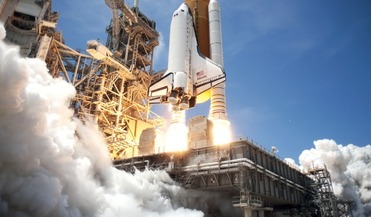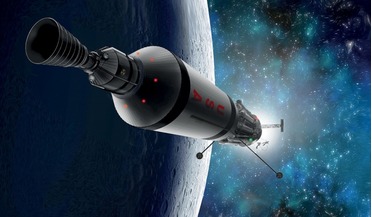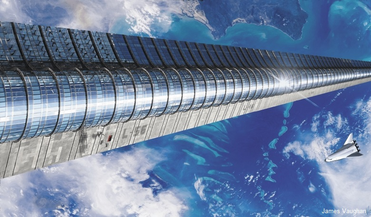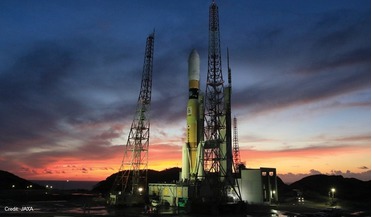 July 2014
The hypersonic grail: advances at DARPA, AFRL and beyond
July 2014
The hypersonic grail: advances at DARPA, AFRL and beyond
... same technologies that enable hypersonic air-breathing missiles and aircraft also can benefit the development of a space transportation system that would allow transit to low-Earth orbit (LEO) more routinely, affordably, and safely than...
 June 2017
Spaceplane rationale - a new way of thinking
June 2017
Spaceplane rationale - a new way of thinking
... funding. The aircraft company design teams were allowed to disband and the lobby for an aviation approach to space transportation was gravely weakened. There was a second opportunity to build a true spaceplane in the mid-1970s, when the...
 January 2018
Creating a viable cislunar economy
January 2018
Creating a viable cislunar economy
... that would build the infrastructure incrementally Together, ACES and XEUS form the elements of a fully reusable in-space transportation system that can be fuelled by propellants mined from water found on the lunar surface or asteroids. With such...
 October 2018
Mining the Moon for fun and profit
October 2018
Mining the Moon for fun and profit
...-private partnership scenarios. [George Sowers] About the author Dr George Sowers has 30 years of experience in the space transportation field working for Martin Marietta, Lockheed Martin and the United Launch Alliance (ULA). He recently retired ...
 February 2022
An interplanetary transportation system
February 2022
An interplanetary transportation system
...elevators and a variety of contemporary rocket launch systems is therefore essential; together they will compose the space transportation architecture for this century. Rockets have three principal strengths: they are successful today, they can ...
 October 2015
Japan’s H-IIA rocket: beautiful, accurate, and on-time
October 2015
Japan’s H-IIA rocket: beautiful, accurate, and on-time
... than expected. The recurring cost hikes of the operation were an unpleasant surprise. In the near future, space transportation systems are expected to become fully reusable through the application of advanced technologies and stringent requirements...